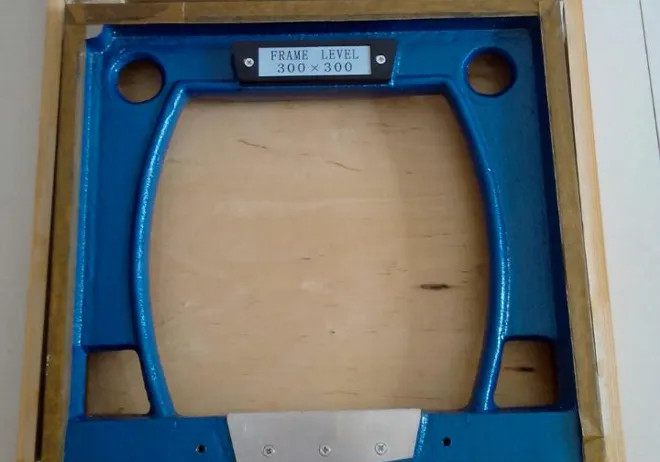Dec . 04, 2024 10:05 Back to list
water gate valve types
Understanding Water Gate Valve Types A Comprehensive Overview
Water gate valves are essential components in various fluid control systems, serving to regulate, control, and shut off the flow of water in piping networks. These valves are widely used in municipal water supplies, industrial applications, and irrigation systems. This article explores the different types of water gate valves, their features, applications, and installation considerations to help you make informed decisions for your projects.
What is a Gate Valve?
A gate valve is a linear-motion valve that opens or closes by lifting a gate or wedge out of the path of the fluid. The unique design allows for minimal pressure drop when the valve is fully open, making it suitable for on/off control of fluid flow rather than throttling. Gate valves can be categorized based on their construction and operation into several types.
Common Types of Water Gate Valves
1. Parallel Slide Gate Valves Parallel slide gate valves feature two parallel sliding surfaces that create a tight seal when the valve is closed. They are typically made of metal and are designed for low- and high-pressure applications. These valves are ideal for large-scale operations, such as water treatment plants, due to their ability to handle significant pressure without leakage.
2. Wedge Gate Valves Wedge gate valves are among the most common types used in various water applications. They consist of a wedge-shaped gate that fits into the valve seat at an angle. This design allows for a tight seal when closed. Wedge gate valves can be operated either manually with a handwheel or automatically with an actuator. They are suitable for use in high-pressure environments and are often found in pipelines carrying drinking water or industrial fluids.
3. Expanding Gate Valves These valves utilize an expanding gasket to achieve a secure seal. When closed, the valve's gate expands laterally, pressing the gasket against the seat to prevent leakage. Expanding gate valves are often used in higher pressure applications where a reliable seal is critical, such as in oil and gas pipelines.
water gate valve types

4. Knife Gate Valves Knife gate valves are specifically designed for applications involving slurries, sludge, or other solid-laden fluids. They feature a sharp blade-like gate that can cut through materials, making them ideal for waste treatment facilities and mining operations. These valves can handle large flow rates and provide excellent shut-off capability.
5. Butterfly Gate Valves While not a traditional gate valve, the butterfly valve operates similarly by rotating a disk to open or close the flow. These valves are compact and lightweight, making them a popular choice for large pipeline systems where space is a premium. Butterfly valves are particularly effective in controlling flow rates and are commonly used in water distribution systems.
Material Considerations
The selection of materials is critical when choosing a gate valve. Common materials include cast iron, stainless steel, and brass, each offering different benefits. Cast iron is typically used in municipal applications due to its durability and corrosion resistance. Stainless steel valves, on the other hand, are favored for their strength and ability to withstand harsh environments, making them ideal for industrial applications.
Installation and Maintenance
Proper installation and regular maintenance are key to ensuring optimal performance of water gate valves. It is essential to follow manufacturer guidelines during installation to avoid misalignment or material fatigue. Routine inspections should include checking for leaks, ensuring the gate operates smoothly, and monitoring the condition of seals and gaskets.
Conclusion
Water gate valves are vital components in fluid control systems, each type offering unique advantages for specific applications. Understanding the characteristics of parallel slide valves, wedge valves, expanding gate valves, knife gate valves, and butterfly valves will assist you in selecting the right type for your needs. By considering material choices and ensuring proper installation and maintenance, you can enhance the efficiency and longevity of your water management systems.
-
Y Type Strainer Maintains System Efficiency Long TermNewsJul.15,2025
-
Valve Selection Guide for Industrial ApplicationsNewsJul.15,2025
-
Steel Fab Table Provides Durable Work Surface for WeldingNewsJul.15,2025
-
Pad Iron Provides Stable Support for Heavy MachineryNewsJul.15,2025
-
One Inch Check Valve Fits Standard Plumbing SystemsNewsJul.15,2025
-
Measuring Micrometer Ensures Precise Dimensional AccuracyNewsJul.15,2025
Related PRODUCTS









